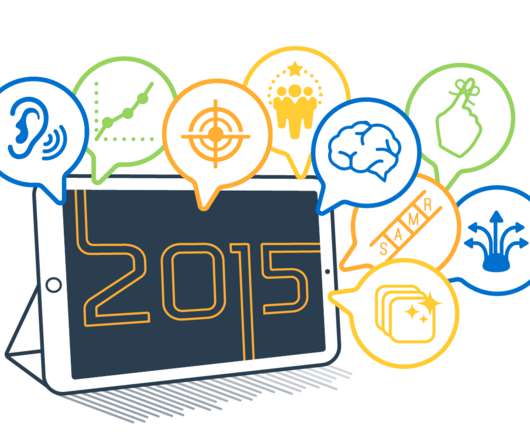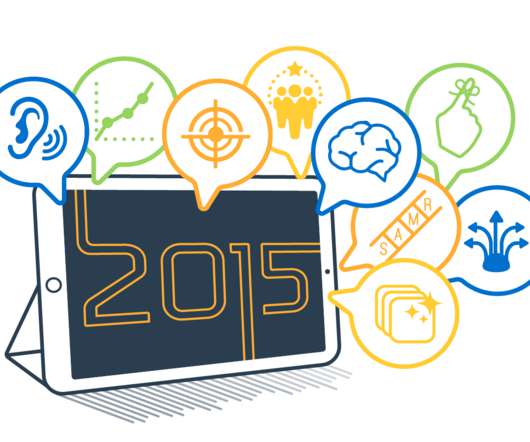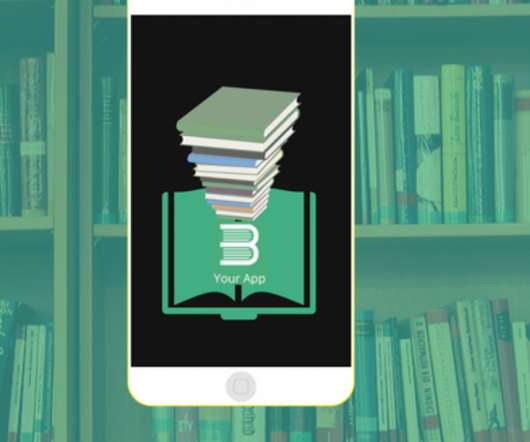Leading Schools of the Future
A Principal's Reflections
JANUARY 25, 2015
Portions of this post are adapted from the Future Ready Schools website with permission. The evolution of the Internet allows anyone with access the ability to communicate, collaborate, acquire information, and learn with anyone, at anytime, and from anywhere. Schools and districts need digital leadership.



















Let's personalize your content